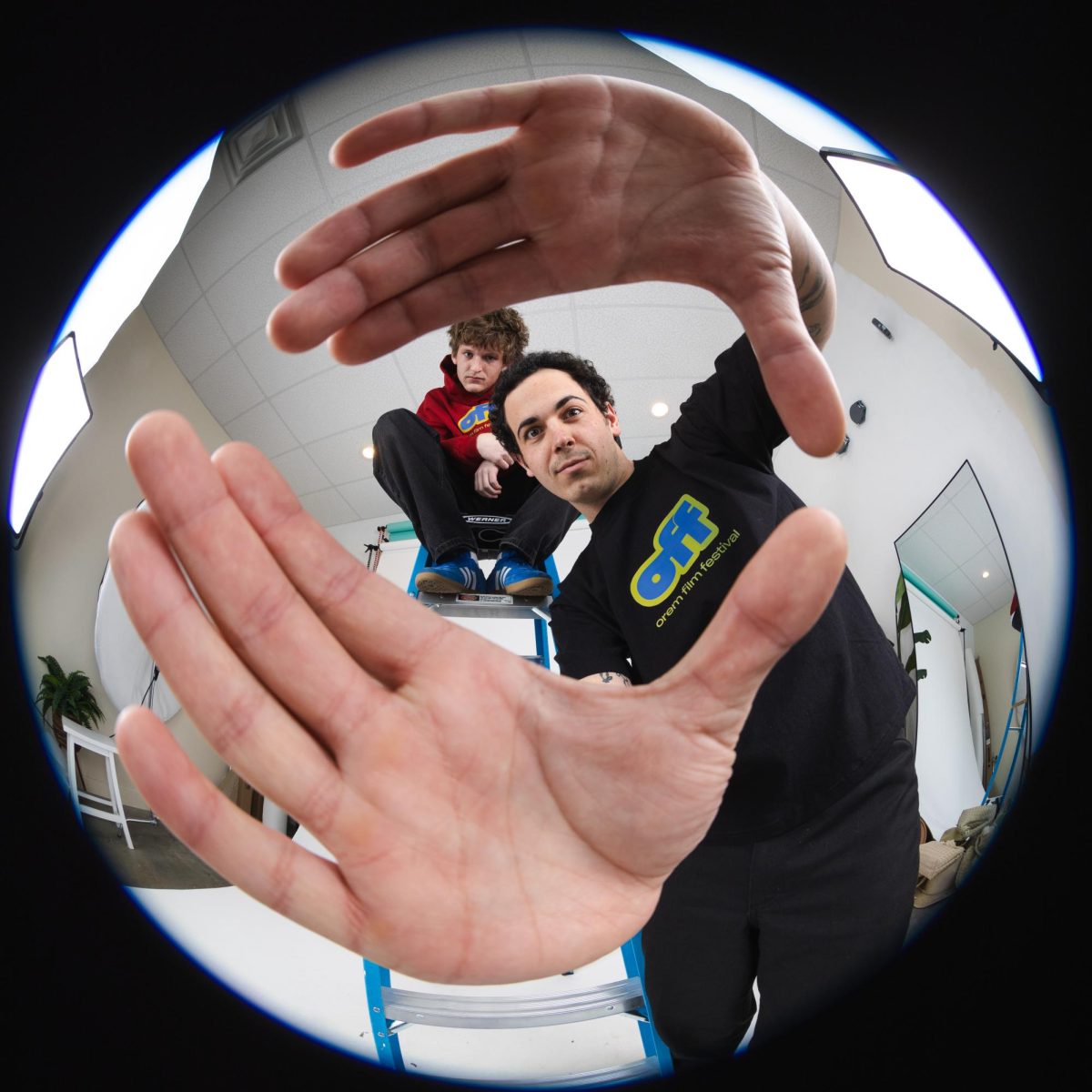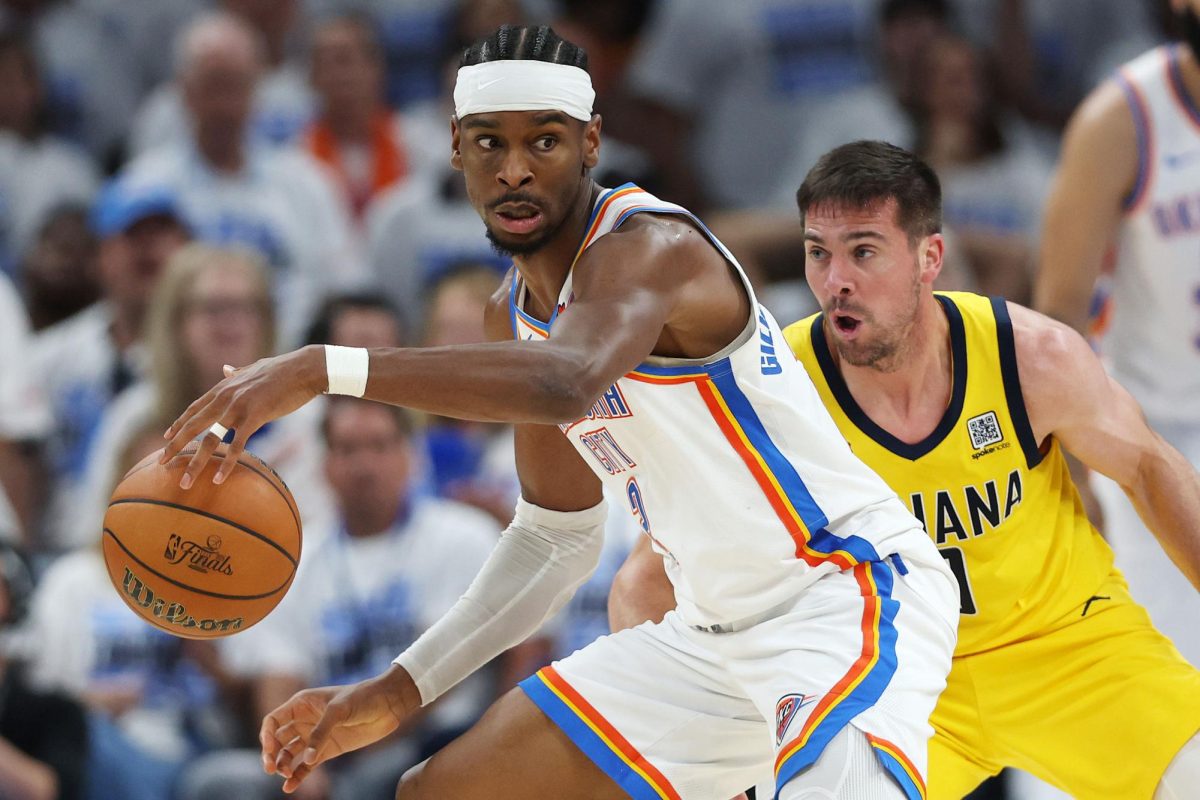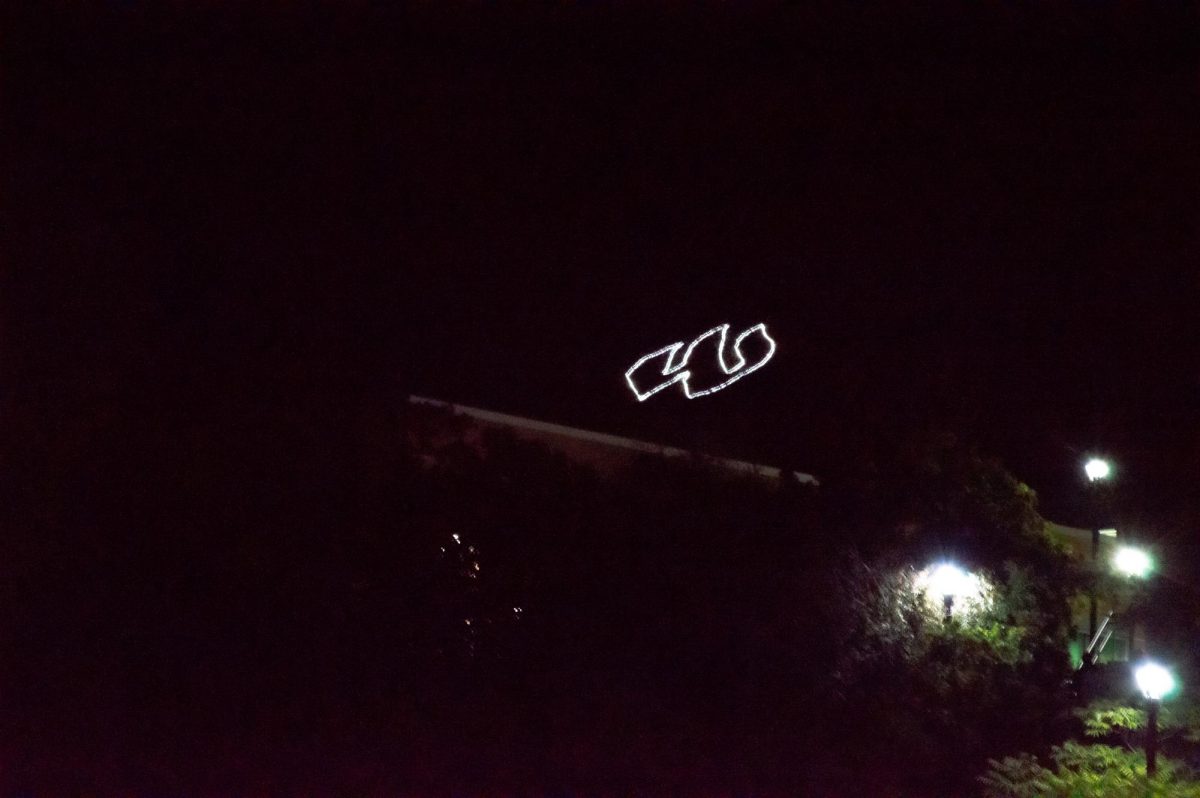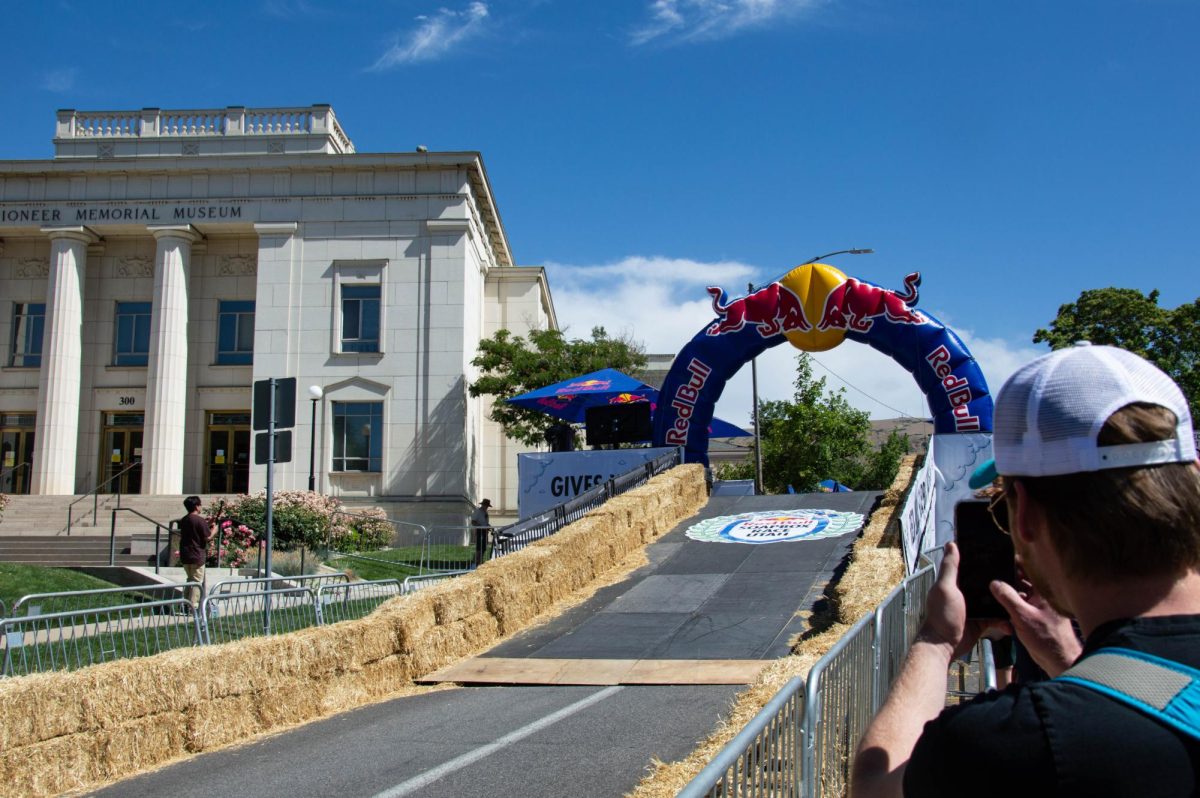[media-credit name=”Amanda Lewark” align=”alignright” width=”300″] [/media-credit]From basket weaving courses to beehive hairdos, Digital Collections gives access to Weber State University’s and Ogden’s past.
[/media-credit]From basket weaving courses to beehive hairdos, Digital Collections gives access to Weber State University’s and Ogden’s past.
Digital Collections is a department in the Stewart Library that digitizes historical items such as photographs, diaries, yearbooks and course catalogues.
“Most of our collections are fragile. They are often from late 1800s, early 1900s, so the less handling they have the longer they’ll last,” said Jamie Weeks, associate curator of Digital and Archival Collections. “And so our goal is to make them available as a resource, but to make them available online, then they’re not being handled. And also of course anybody knows that doing research from home is so much easier. So you don’t have to actually come to Special Collections or the university archives to see information. You can go to the Digital Collections site and obtain all of that.”
Digital Collections can be found on the Stewart Library website in the collections tab.
The My Favorites function allows the website user to set aside items and view them later. The function also features a slideshow option.
Projects are created in order by priority and by donor money. Collections are donated by families and foundations and then are paid for to have digitized. Donated collections include David Eccles and Thomas and Annie Taylor Dee. These collections contain diaries, photographs and correspondence.
“I worked on the Dee family diaries for a really long time,” said Jacqlin Guernsey, digital imaging assistant. “And so it was interesting to see their life and what they did and get a firsthand account of everything.”
Due to the various forms of material worked with, the Digital Collections staff is trained to use a variety of programs. This also means there are varying lengths of time for a collection to be finished.
“We are working on some historical diaries that are really fascinating diaries, and we have determined because they are handwritten, and so they have to be transcribed by hand,” Weeks said. “One diary takes a hundred hours to go from beginning to upload.”
The Digital Collections department works to produce substitutes for researchers that are satisfactory replacements of the original items.
“We have these diaries where this woman has, I swear, it’s so many pages that have locks of hair taped into them,” Weeks said, “and all different kinds of things that you’re like, ‘I have to scan hair on my scanner?’ Those kinds of things get a little weird.”













